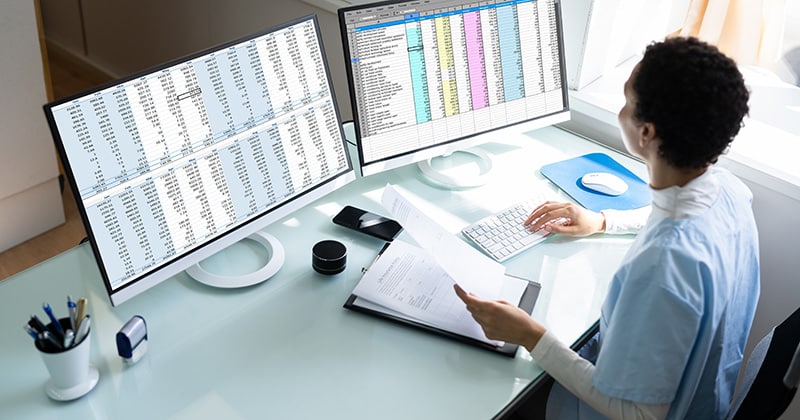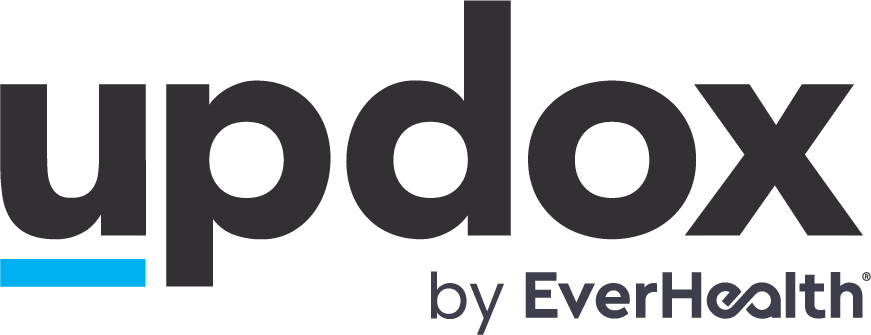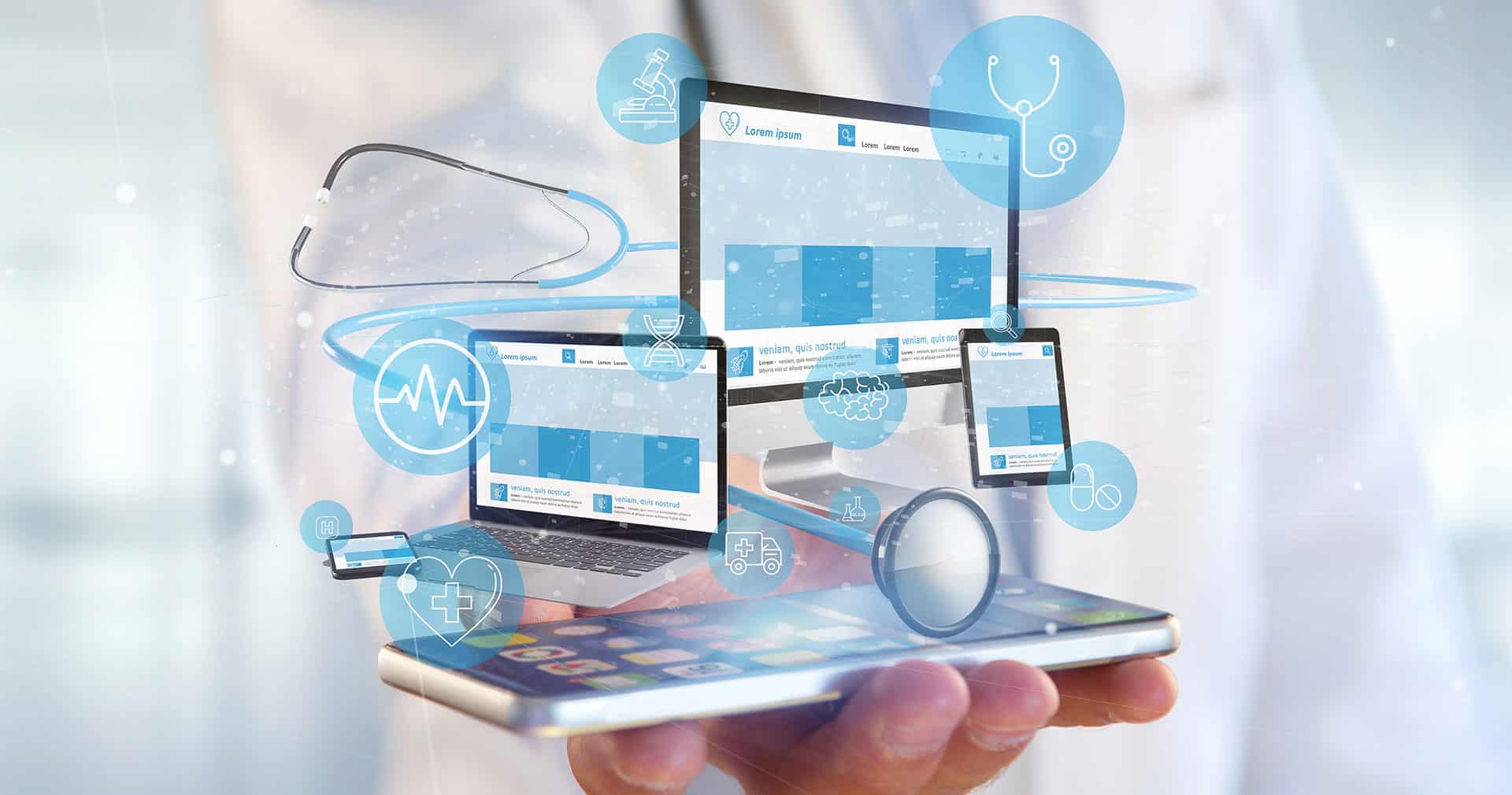Undoubtedly, the medical billing process is complex and rapidly evolving, which can disrupt your processes and make it difficult to keep staff up-to-date. Thoroughly understanding the finer nuances of medical billing is critical to streamlining your processes and staying current on changes.
In this article, we’ll explore the differences between the terms charge capture and coding. Are they the same thing? What role do they play in the bigger picture of medical billing?
To understand how they work together, we’ll unravel what charge capture means, explain why accurate coding is key to smooth operations, and directly compare the two.
Once we’ve reviewed how the terms are used and their processes implemented, we’ll share tips to optimize your billing operations and enhance the financial health of your practice.
Let’s get started.
RELATED ARTICLE: Charge Capture: Stop Losing Money
Understanding Medical Billing
Medical billing is the process of obtaining payment that spans from claims submissions to remittances. It involves several key parties, including patients, providers, and insurers.
Here’s a short review of the key steps in the billing process:
- A new patient schedules an appointment, and your practice gathers their details, including insurance information. Your front desk staff might collect them, or the patient might submit them via a secure online portal.
- Verify the patient’s insurance eligibility manually or using medical billing software.
- The patient’s visit is completed, and you use the supplied information to create a superbill, which includes provider details, patient demographics, services provided, and more. This document must be accurate to ensure quick payment.
- Use the superbill to generate the claim and send it to the insurance company or payer. Check the claim thoroughly to ensure it aligns with coding and HIPAA requirements.
- Submit the claim to a clearinghouse or larger payers like Medicaid.
- The payer reviews the claim and decides whether it’s valid and how much they will reimburse. The claim will be accepted, denied, or rejected, with each outcome requiring a different response from your billing team.
- Once the claim is processed, bill the patient for any remaining charges. Send a detailed statement that breaks down the services provided, how much the payer covers, and how much the patient owes.
- Finally, track payments and follow up on delays to secure your cash flow.
This basic review shows the barest foundation of the medical billing process, but as any provider or administrator knows, the reality can be much more nuanced.
For example, where do charge capture and coding fit into the steps above?
FROM ONE OF OUR PARTNERS: Medical Billing vs. Medical Coding: Understanding the Differences

The Role of Charge Capture
Charge capture is the process of recording all billable services, including everything from medical procedures and treatments to medications and supplies used. Accurate charge capture directly impacts your practice’s revenue by ensuring you get paid for all services rendered.
It’s also connected to optimizing revenue cycle management (RCM).
RCM refers to utilizing medical billing software to manage the financial transactions and processes associated with patient care, starting with registration and appointment scheduling and concluding with the final payment.
Charge capture influences RCM by ensuring:
- Comprehensive service recording
- Accurate billing
- Reduced revenue leakage
Medical practices can ensure charge capture using several methods. Each offers its own set of benefits. Common approaches include:
- Electronic health records (EHR): When charge capture is integrated into your EHR system, you can leverage automatic service recording.
- Mobile devices: Using tablets or smartphones to enter charges at the point of care ensures that no billable services are overlooked.
- Scanning devices: Some practices use barcode scanning to track medications and supplies automatically.
- Charge capture software: Specialized software, like Updox, can help streamline the capture process, reduce errors, and speed up the billing cycle.
RELATED ARTICLE: What is Charge Capture?
The Necessity of Accurate Coding
Accurate medical coding is another crucial part of healthcare billing.
Coding transforms healthcare diagnoses, procedures, medical services, and equipment into uniform alphanumeric codes to be included in billing and claims documentation.
When the correct codes are used, services provided are billed correctly and reimbursed appropriately, leading to:
- Maximum reimbursement: You receive payment for all the services you provide. Under-coding can result in revenue loss. However, up-coding can cause compliance issues.
- Fewer denials: Insurance companies and other payers often reject claims with incorrect codes. Accurate coding reduces the chance of claim denials.
- Strengthened compliance: Proper coding helps you comply with health insurance regulations and policies, safeguarding your practice against audits, professional censure, and potential fines.
There are several coding systems applicable in various healthcare situations.
- ICD-10-CM (International Classification of Diseases, Tenth Revision, Clinical Modification): This is used for diagnoses in all healthcare settings. The CDC ensures it includes up-to-date medical information.
- ICD-10-PCS (Procedure Coding System): This is primarily for hospital inpatient procedures and tracking and coding hospital services.
- CPT (Current Procedural Terminology): Maintained by the American Medical Association, this identifies services and procedures commonly used by healthcare professionals in outpatient settings.
- HCPCS (Healthcare Common Procedure Coding System): This includes two levels—Level I is the CPT code set for procedural codes, and Level II covers non-physician services like ambulance rides and specific medical equipment that CPT does not cover.
Which sets you use will depend on the services rendered.
Key Differences Between Charge Capture and Coding
Though they are not the same, both charge capture and coding are integral to the health of your practice’s financial operations. They ensure you receive reimbursement, which prevents revenue leakage, supports cash flow, and empowers your practice.
While charge capture and coding contribute to the same outcome, they play different roles.
This table compares the major defining characteristics of charge capture and coding.
| Charge Capture | Coding | |
| Definition | The process of documenting all billable services during patient care | Translating healthcare services into universal medical codes |
| Primary Purpose | To ensure all services rendered are billed | To standardize services into codes for billing and compliance |
| Impact on Revenue | Directly affects revenue by capturing potentially billable services | Influences revenue through accuracy in billing, which affects reimbursements |
| Usage | Used daily by healthcare providers and billing staff | Used by medical coders and billers post-patient care |
| Tools | Electronic health records (EHR), mobile devices for data entry | Coding manuals, computer-assisted coding software |
Let’s break it down even further.

Charge Capture vs. Coding: Function
Charge capture is primarily concerned with capturing real-time data on services provided to patients. For every allocated medical procedure, consultation, and medication, there is a record, which is crucial because if a service isn’t documented, it can’t be billed.
Charge capture typically integrates with the technologies you use daily, such as EHRs or mobile devices, facilitating immediate data entry to minimize the chance of missed charges.
In contrast, coding translates the details from the charge capture into standardized codes used across the healthcare industry, turning detailed medical records into a language insurance companies, payers, and billing systems understand.
FROM ONE OF OUR PARTNERS: What’s the Role of Artificial Intelligence in Charge Capture?
Charge Capture vs. Coding: Objectives
The objective of charge capture is to record all deliverable services accurately and comprehensively. Consider it your first line of revenue defense to ensure potential earnings aren’t lost due to undocumented services.
Coding’s objectives stretch beyond billing to achieve compliance with healthcare regulations. Inaccurate, incomplete, or fraudulent coding can put your practice at risk of audits and legal censure or penalties.
Additionally, medical coding is used in health analytics to track disease patterns over time, potentially influencing policy and funding.
Charge Capture vs. Coding: Impact on Billing Cycle
Charge capture is a preliminary step that documents all services rendered. Without charge capture, the billing cycle cannot be initiated.
Coding factors into the billing cycle further down the line. Once charge capture documents the services, coding translates them into universally recognized codes that are then used to generate claims, pushing billing into the reimbursement phase.
Charge Capture vs. Coding: Challenges and Opportunities
Charge capture and coding both come with challenges.
Accurately capturing every service provided in a busy healthcare setting is demanding and can lead to undocumented charges if not managed well, affecting revenue.
With complex rules, coding requires thorough knowledge and constant updating to avoid costly errors that cause claim rejections or compliance issues.
However, these challenges also create opportunities for improvement. Both processes can become more accurate and efficient by incorporating training and integrating more sophisticated software systems to speed up reimbursements, reduce risks, and enhance revenue.

Take Action Now With These 3 Tips
Now that you’ve achieved a deeper understanding of these two vital aspects of the billing process, you can make improvements to both. Implement these straightforward steps right now to elevate your practice’s charge capture and coding processes:
- Check your documentation practices. Review how your practice records services. It’s important that all staff are trained on using digital and telehealth systems correctly to ensure accurate recording and billing of all services.
- Train your team on coding. Hold a quick training session to review common mistakes and coding standard updates. You can find free training resources online.
- Research medical billing software. Evaluate different medical billing software options that can automate and reduce errors in your billing process. This software often includes features that help catch mistakes before claims are submitted. Solutions like Updox can help your practice maximize revenue and simplify your billing process.





